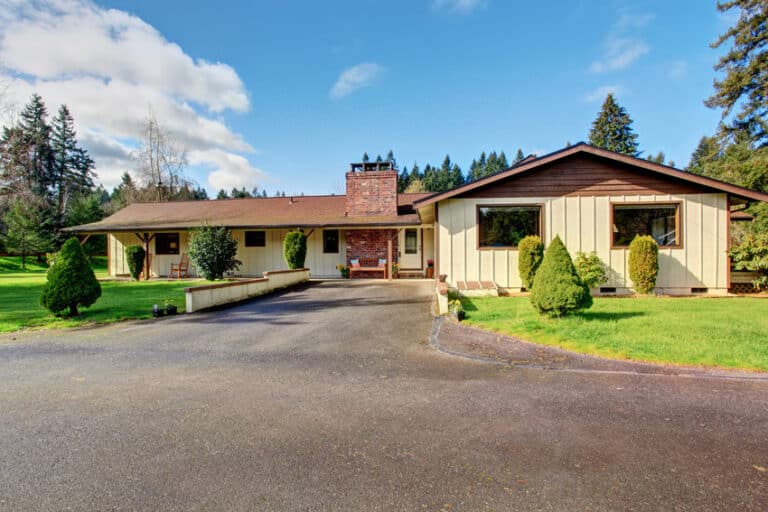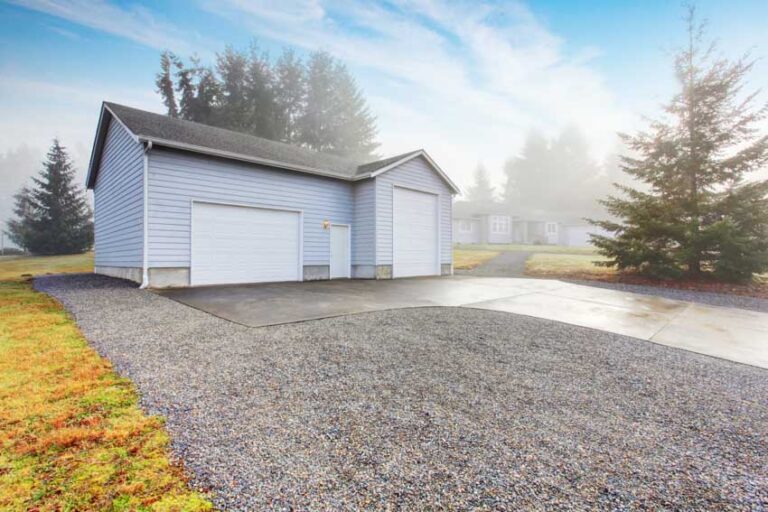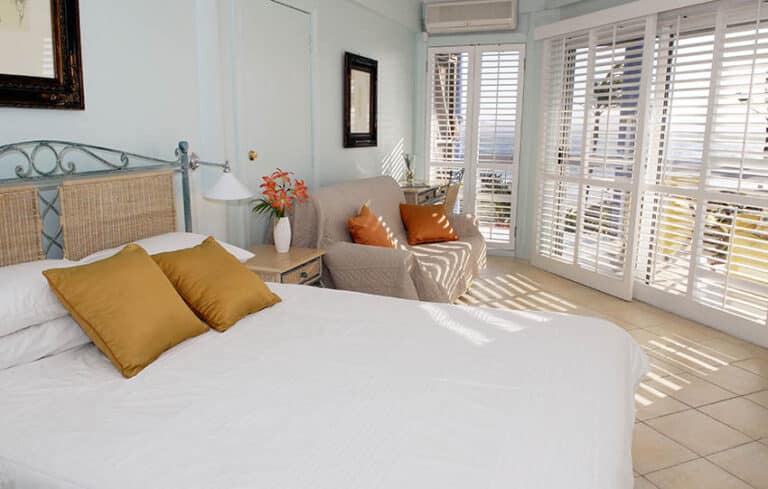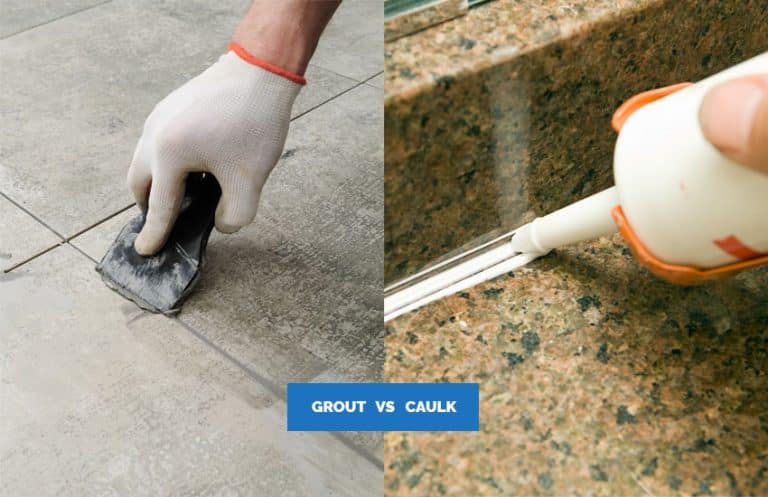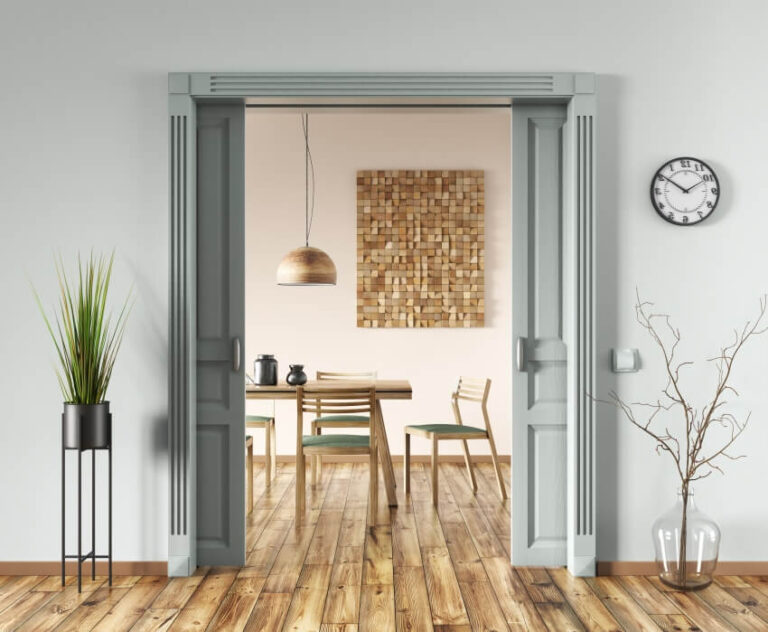Slate Roof Pros and Cons
Here’s our guide to slate roof pros and cons including its cost, durability, longevity, installation, maintenance and slate roofing material options.
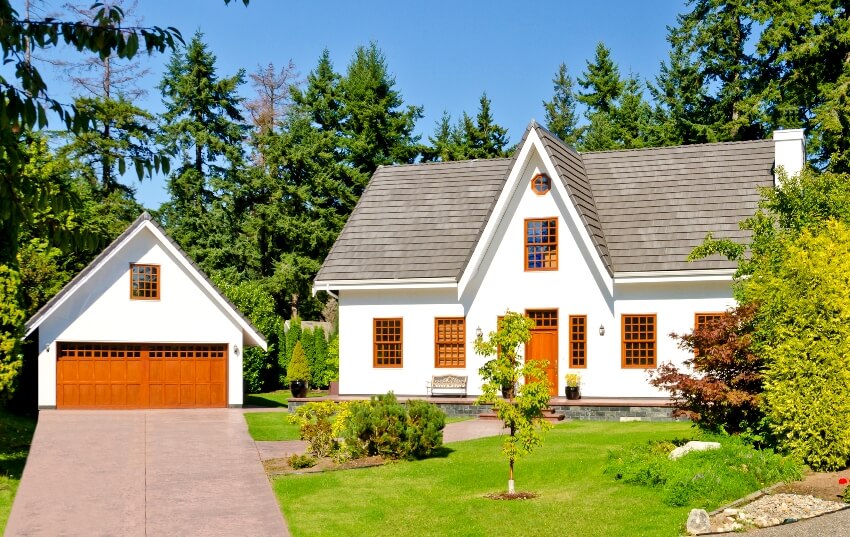
One of the longest-lasting types of roof you can use is a slate roof. Due to its incredible longevity and quality, slate roof has been very popular. It is no doubt a favorite option by most homeowners.
Indeed, a slate roof is one of the highest-quality, longest-lasting, and best types of roof in the market. It also has other advantages that will truly attract homeowners to choose it. However, when it comes to the cost and installation, some might think that it is an impractical option.
In this article, we will show you the advantages and downsides of a slate roof.
What Is A Slate Roof?
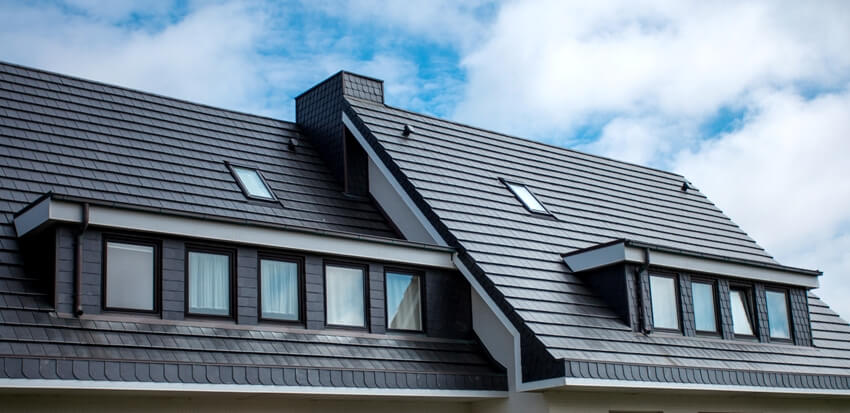
A slate roof is one of the most superior roof systems you can use for your house. It is generally made out of natural slate tiles and reinforced with durable slate roofing substances. Slate is purely made out of robust and powerfully constructed metamorphic stone.
A slate roof is one of the longest-lasting roofing systems that can last from 70 to 100 years. It also has a very appealing look that makes the house valuable and attractive. The slate is naturally mined and trimmed into square slate tiles and each tile should be installed individually.
Slate flooring is graded by the American Society for Testing and Materials or ASTM standards to determine its quality. Slate is graded in one of three different levels as S1, S2 or S3.
S1 graded slate is the highest quality and offers a minimum lifespan of 75 years. S2 graded slate has a lifespan of 40 to 75 years. S3 graded slate will last from 20 to 40 years.
Slate Shingle Roof Pros & Cons
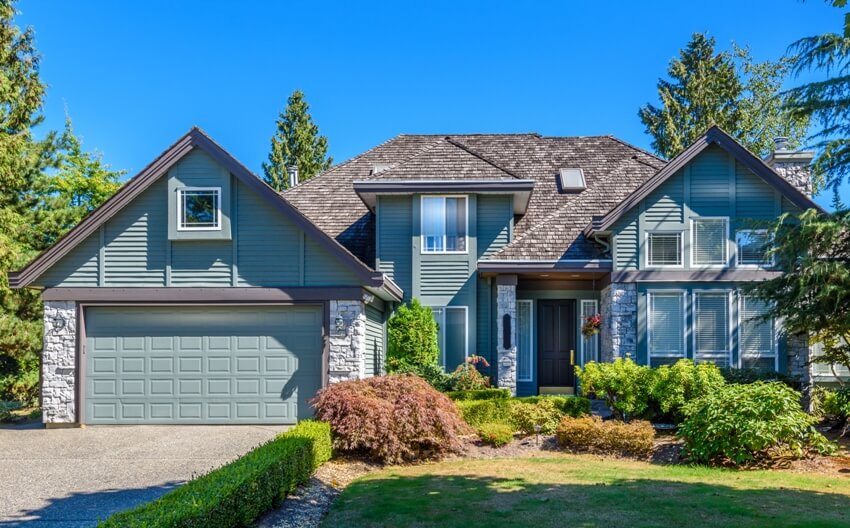
Here are the pros of slate roof:
Incredible Longevity – If you are going to ask what is the gold standard for a top-quality and long-lasting type of roof, a slate roof is doubtlessly the most correct answer.
Typical types of roofs, particularly the ones that are made out of asphalt shingles, can last for 25 to 30 years before they need to be replaced with new ones. See our guide to black roof shingles pros & cons here.
The average lifespan of a slate roof is around 60 to 75 years. There are uncommon kinds of slate roofs that can last for 100 years. Well, that normally depends on where the slate and its materials came from.
Moreover, slate roofs come with very extensive warranties. Indeed, slate roofs are highly recommended if you want to opt for a long-term roofing system.
Durable and Virtually Imperishable – Slate roofs are predominantly made out of metamorphic stone so they are undoubtedly durable and almost indestructible. Also, they can withstand all types of weather very powerfully and efficiently.
Inclement weather, strong winds, extremely high temperatures, and hail storms are never a problem if you have slate roofs installed on top of your house.
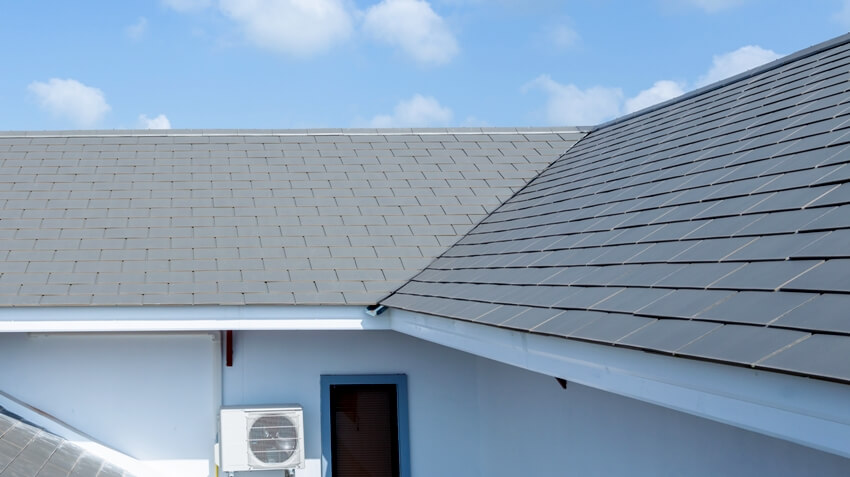
Incombustible and Heat-resistant – Slate roofs are incombustible or fireproof. They are highly advantageous in terms of preventing any types of fire that are caused by airborne sparks. Read more about our ultimate guide for roof types to get more ideas.
Furthermore, slate roofs are highly effective in absorbing heat. Meaning, during summertime, you won’t have to worry about experiencing hot temperatures in your interior space.
Naturally Appealing – Another advantage of slate roofs is that they are naturally appealing. Most homeowners initially fall in love with the beauty of slate roofs. Well, slate is an aesthetically captivating roofing system that’s been commonly relied on by the top architects for many years.
Slate offers classic and neat lines that truly enhance the exterior look of your house. It is generally available in various colors like green, red, and gray. Slate roofs are also available in different widths and tile sizes. See our guide to the best roof color ideas.
Low-maintenance – Since slate roofs are highly durable, long-lasting, and all-weather, they do not need to be maintained quite regularly, unlike other roofing systems. Slate is highly resistant to the dangerous and damaging outdoor effects. So, you won’t have to worry about making some repairs or replacements.
Adding another dimension, slate roofs are highly dense. Meaning they do not absorb moisture, which makes them extremely resistant to mold and mildew.
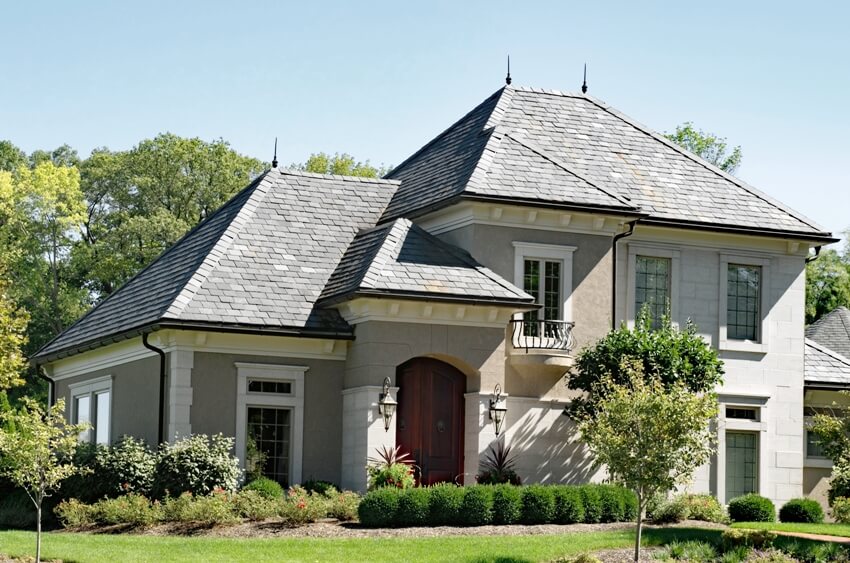
Increases the Value of your House – If you have enough budget, installing slate roofs on your house is quite a very wise decision. Slate roofs are generally made out of the finest roofing materials, meaning they can highly increase the value of your house. Once you have decided to sell your house, you’ll be able to sell it at a very high cost.
Although a slate roof has plenty of benefits, it still has its downsides. Here are a few cons of slate roof:
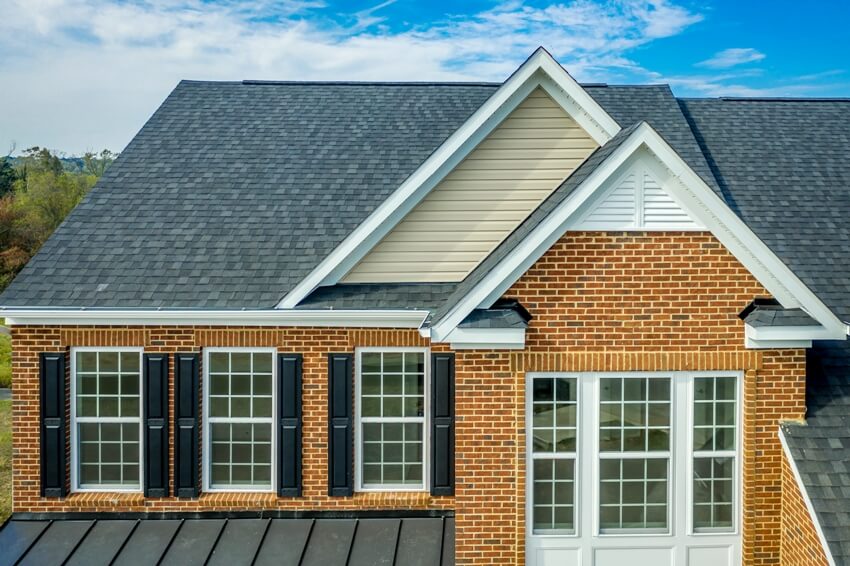
Very Expensive – This is arguably its main downside. Generally speaking, it can cost $20 per square foot of every slate installed. The installation process and materials used are the ones that make the cost so high.
Slate roofs use materials that are more premium than standard roofing systems. Their manufacturing cost is high, so the purchase will definitely be way higher.
Furthermore, installing a slate roof is not an easy task. It must be done by professionals. Normally, slate roofs can’t be installed by typical shingle roofers. Hiring a professional will also make it more expensive.
Exceedingly Heavy – Since slate is made out of metamorphic stone, no doubt it is exceedingly heavy. It generally weighs 4 to 5 times as much as a typical asphalt roof. A standard slate roof per 100 square feet can weigh 800 to 1000 pounds.
Thicker slate tends to have a heavier weight. Expertise and extreme awareness are needed to install these very heavy slate roofs.
Types Of Slate Roofing Material
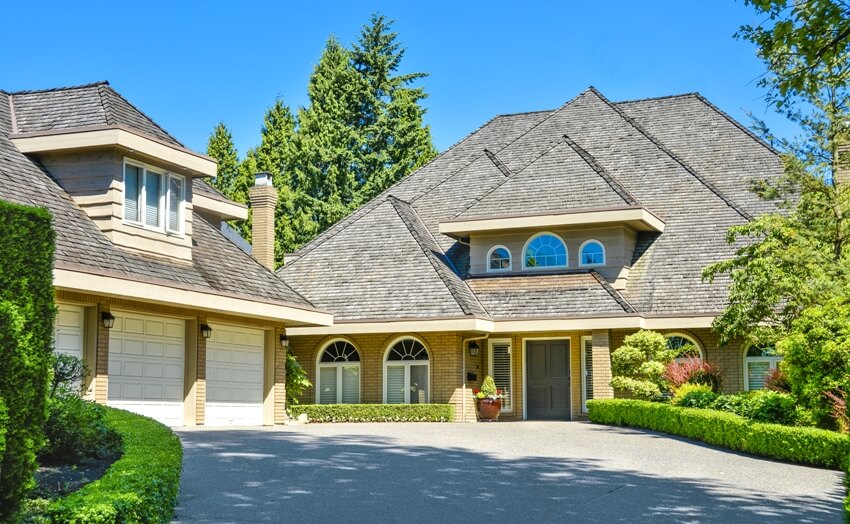
Below are the types of slate roofing material.
Natural Slate
This type of slate roofing is one of the most environment-friendly roofing materials in the market. It normally has incredible longevity and no manufacturing process has been done.
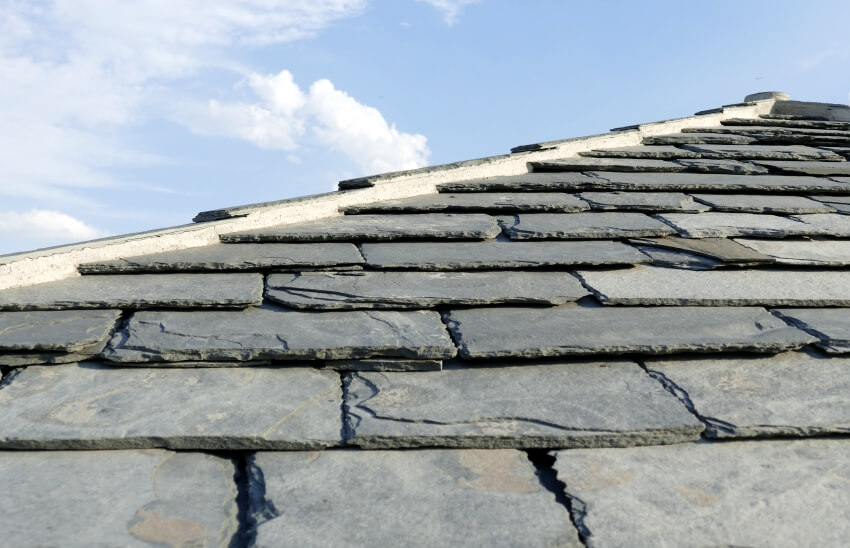
Natural slate can last for 90 to 100 years. It can manage contraction and thermal augmentation very well. It can also highly withstand harmful UV rays.
Fiber Cement Slate
This is a popular substitute for natural slate as it is relatively less expensive. It also comes in a wider color selection and a variety of customized structures like a diamond-shaped slate.
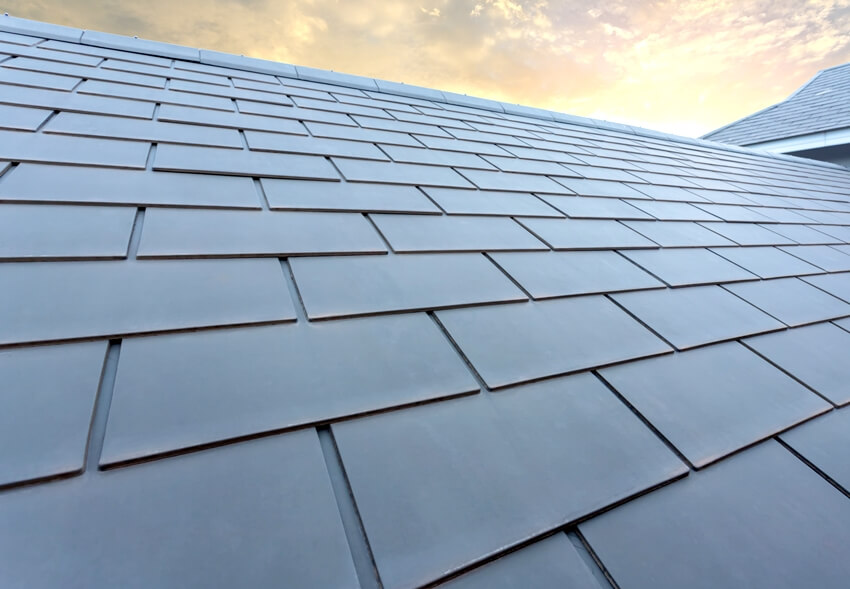
In terms of weight, it is much easier to handle than natural slate as it is lighter. It is easier to install on your current roof decks without the need for reinforcing. But when it comes to longevity, fiber cement slate can only last for 50 to 60 years.
Synthetic Slate
This is generally the most inexpensive option among the three. Synthetic or bituminous slate is predominantly composed of asphalt and a fewer slate amount.
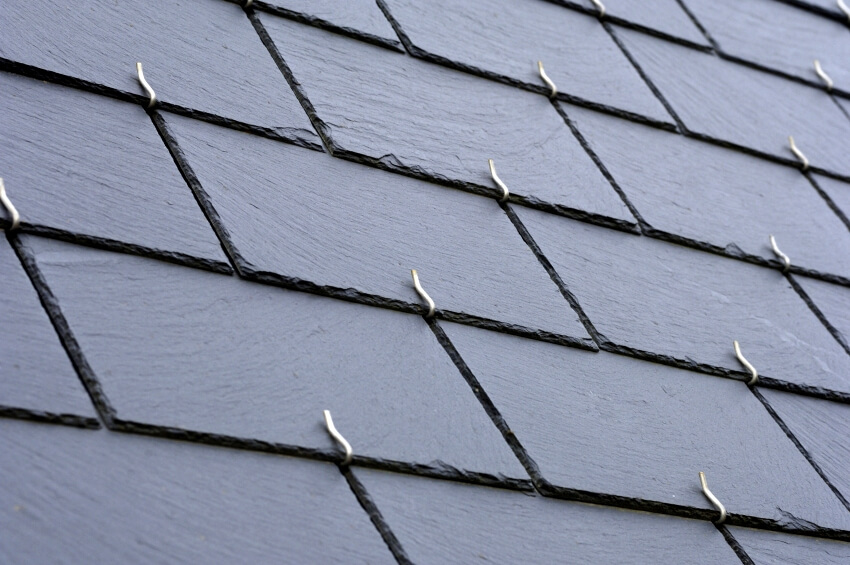
Its lifespan, installation process, and maintenance activities are almost the same as fiber cement. Bituminous slate offers a smoother texture than natural slate.
Roof Slate Cost
Natural slate roofing systems can cost you $20 to $45 per square foot. Synthetic slate costs approximately $9 to $12 per square foot.
The common cost of a standard slate roof installation ranges from $12,000 to $25,000. The price may vary as it will depend on the size, pitch, and slope of the roof of your house.
Generally, you will be required to pay $900 to $1600 per square ft installed on an average-sized one-story house.
How Long Does Slate On The Roof Last?
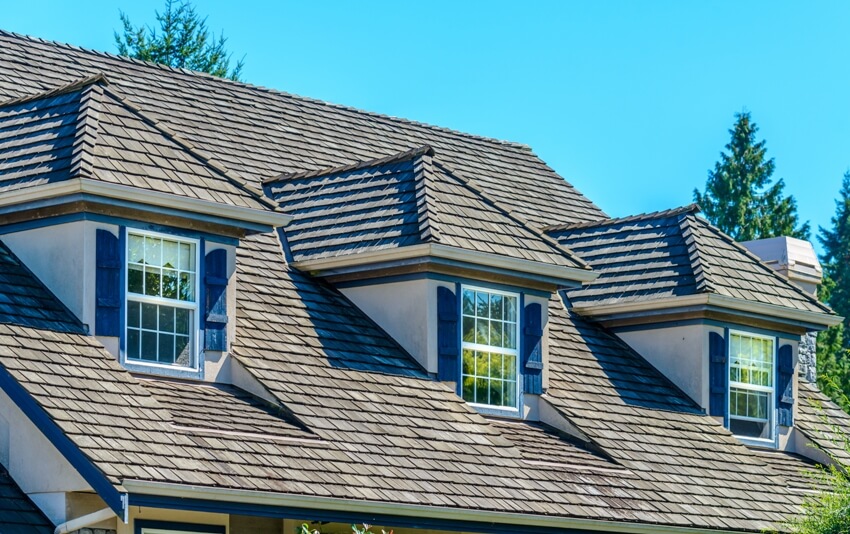
Slate roofs that are purely made out of natural slate can last for 70 to 100 years. The ones that are made out of fiber cement can last 50 to 60 years. Synthetic slate, however, can last for 40 to 50 years.
Installation of Slate Material For The Roof
This is the general step-by-step slate roof installation:
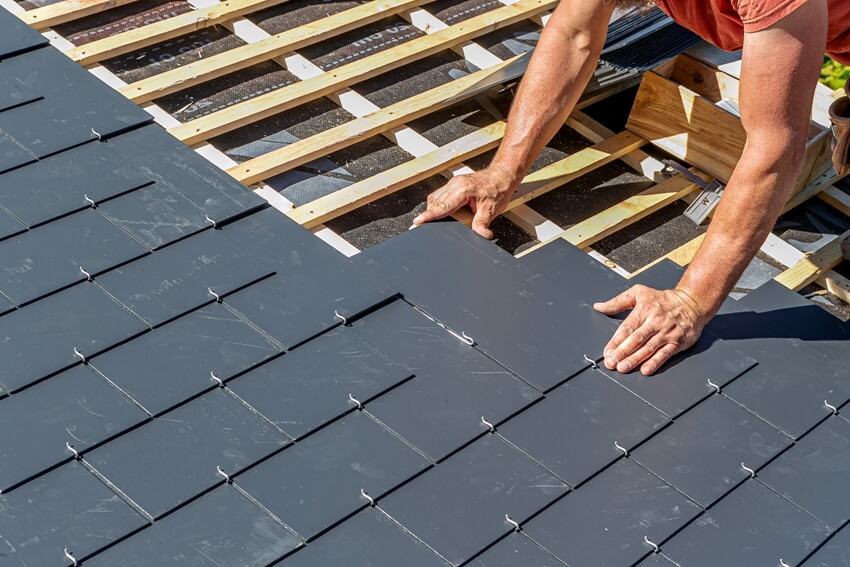
Thoroughly inspect the underlying roof construction. Slate roofs are very heavy. So you must assess first the structure of your roof to see if it needs some reinforcement before installing the slate. If you observe that your roof construction is already well-built, there would be no need for reinforcement.
Begin installing durable roof decking. Solid lumber is one of the most common roof decking options. It can handle the slate roof properly.
Install a felt underlayment for roof protection. This must be used to protect your roof during the installation of slate tiles. This felt underlayment will be removed once each row of slate times is already installed.
Start installing the slate tiles. Normally, each slate tile is installed using galvanized and copper-made roofing nails. The nails must not be installed deeply to avoid cracks.
Every slate should overlap with the upper and lower course. However, this process is normally done by professionals to prevent any problems. So it is best to let this step be done by a hired professional.
How Do You Maintain A Slate?
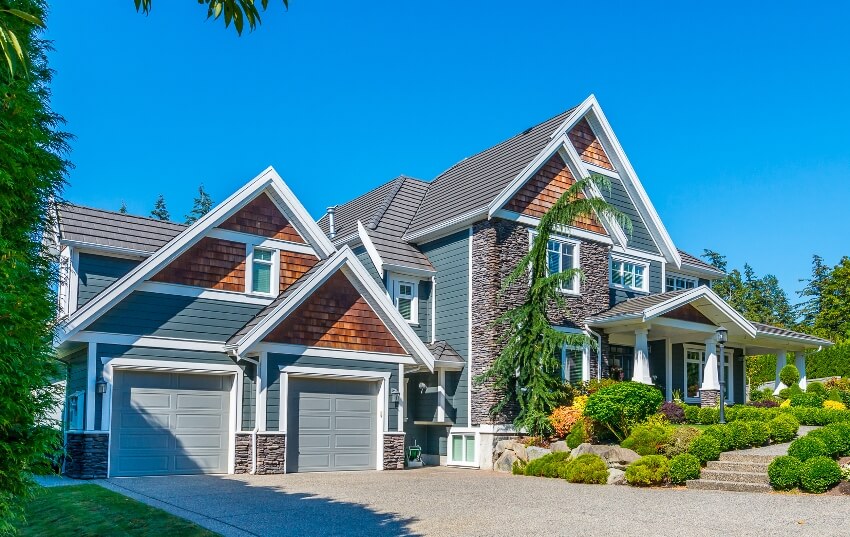
In general, a thorough inspection must be done annually after the winter season. This annual activity helps you check if there are problems that need to be immediately solved. You can climb up your roof using a ladder to look at the condition in actuality.
Slate roof maintenance also involves cleaning the gutters during the fall and spring. If you have seen some potentially damaged slate tiles, you can take pictures of them and show them to a professional. Let him do the repair and reinforcement so problems and mistakes will be prevented.
How Do You Know When A Roof Needs Replacing?
Most of the time, it’s difficult to see if your slate roof is already damaged and needs to be replaced. However, you can basically identify if it needs to be repaired or replaced if you are already experiencing leaks inside your house whenever it’s raining.
Also, serious flaking of the slate and powdering on the slate undersides are some of the signs that you need to replace your slate roof.
Can You Pressure Wash Slate?
It is not advisable to clean your slate roof with a pressure washer as it can potentially damage the quality of your slate. Cleaning it with a medium-rough brush with water and soap might be enough to preserve the cleanliness of your slate roof. You just have to make sure to remove the soap substances with pure water afterward.
Is Using Slate Worth It?
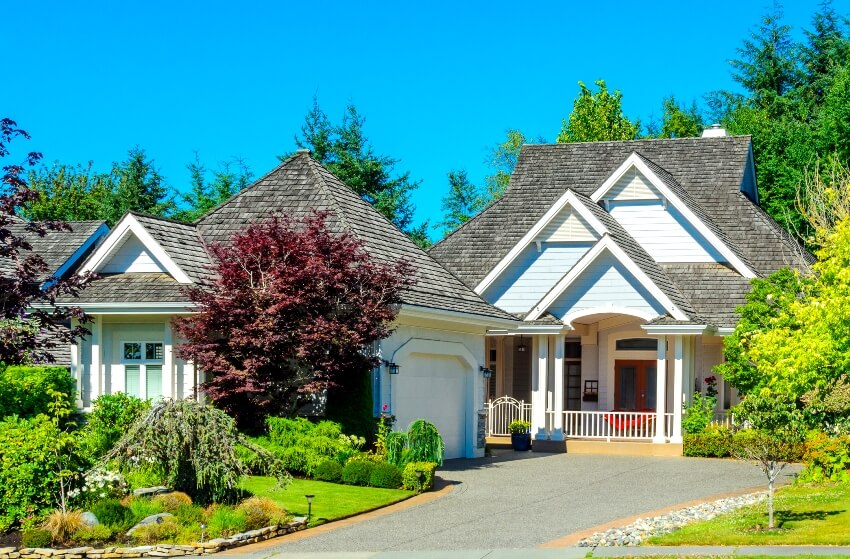
Installing a slate roof is generally worth it. In terms of durability and longevity, a slate roof is clearly a must-have. It is also advantageous when it comes to enhancing the overall look of your house, increasing its value, and protecting your interior space against fire, heat, and high temperatures.
To see more ideas like this, check out our ultimate guide on flat roof pros and cons.

